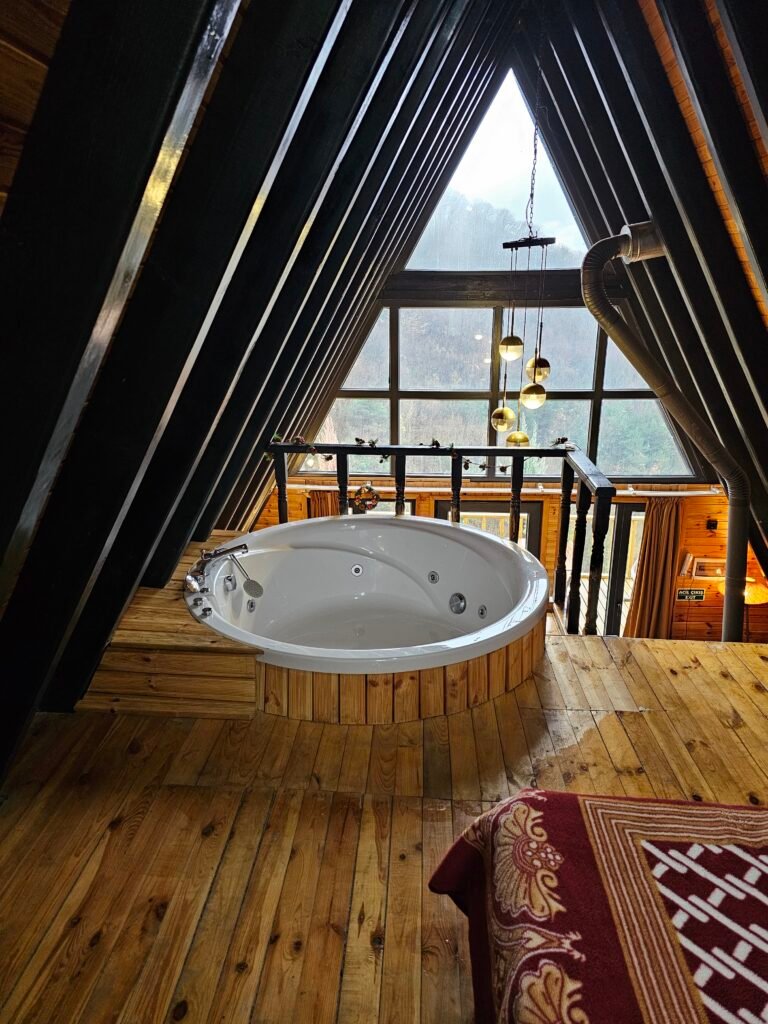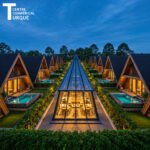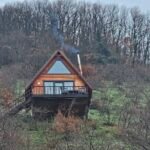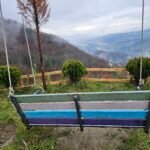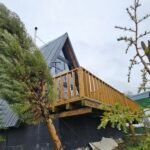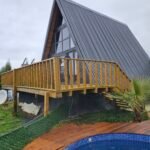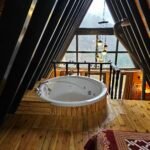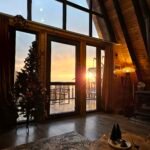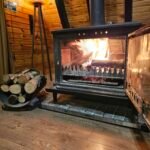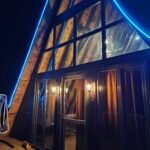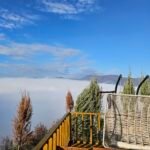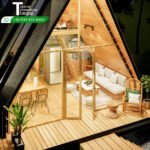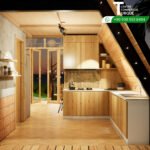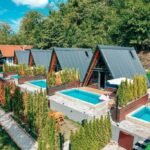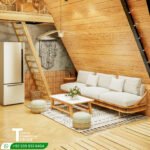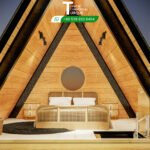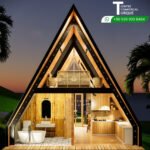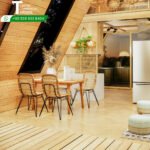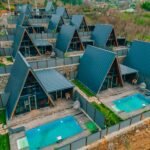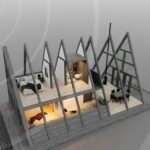PYRAMID HUTS
Our company is a leader in designing and building pyramidal cabins and tourist complexes that provide high returns for investors and a payback period of no more than three years. For more information, we would be happy to hear from you.
Pyramid huts are unique, versatile structures inspired by the shape of a pyramid. They offer several distinctive features that make them suitable for various purposes, including camping, glamping, eco-tourism, and even permanent housing. Here are some key features:
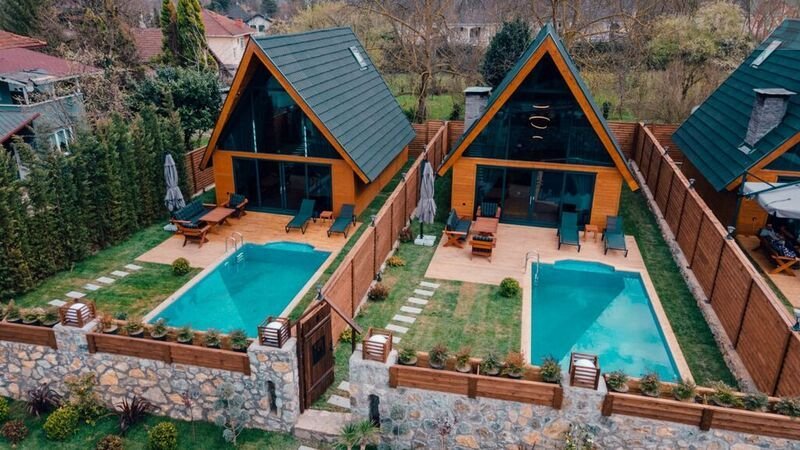
1. Geometric Design Pyramid Shape: The triangular sides meet at a central apex, providing stability and efficient wind resistance. Symmetrical Structure: Even weight distribution makes it sturdy in different weather conditions.
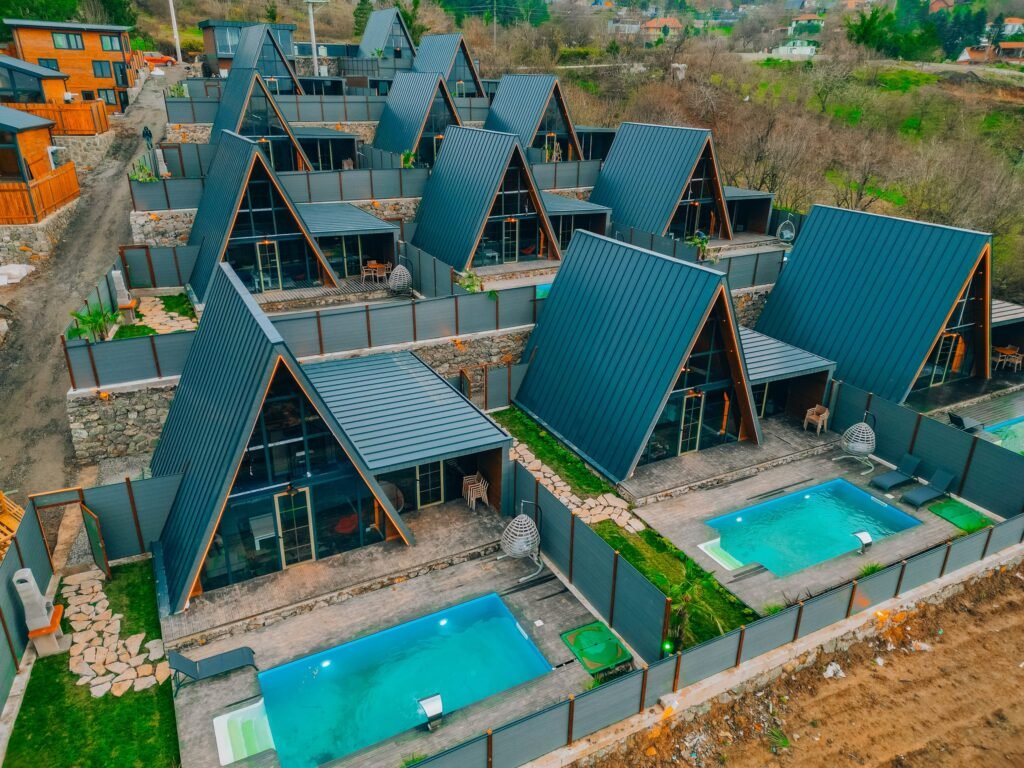
2. Material Variety Natural Materials: Some pyramid huts use wood, bamboo, thatch, or stone for an eco-friendly and rustic look. Modern Materials: Others may feature canvas, metal, or polycarbonate panels for durability and weather resistance.

3. Portability & Modularity Easy Assembly: Many pyramid huts (like glamping tents) are designed for quick setup and dismantling. Lightweight Options: Some are made for backpacking or temporary shelters.
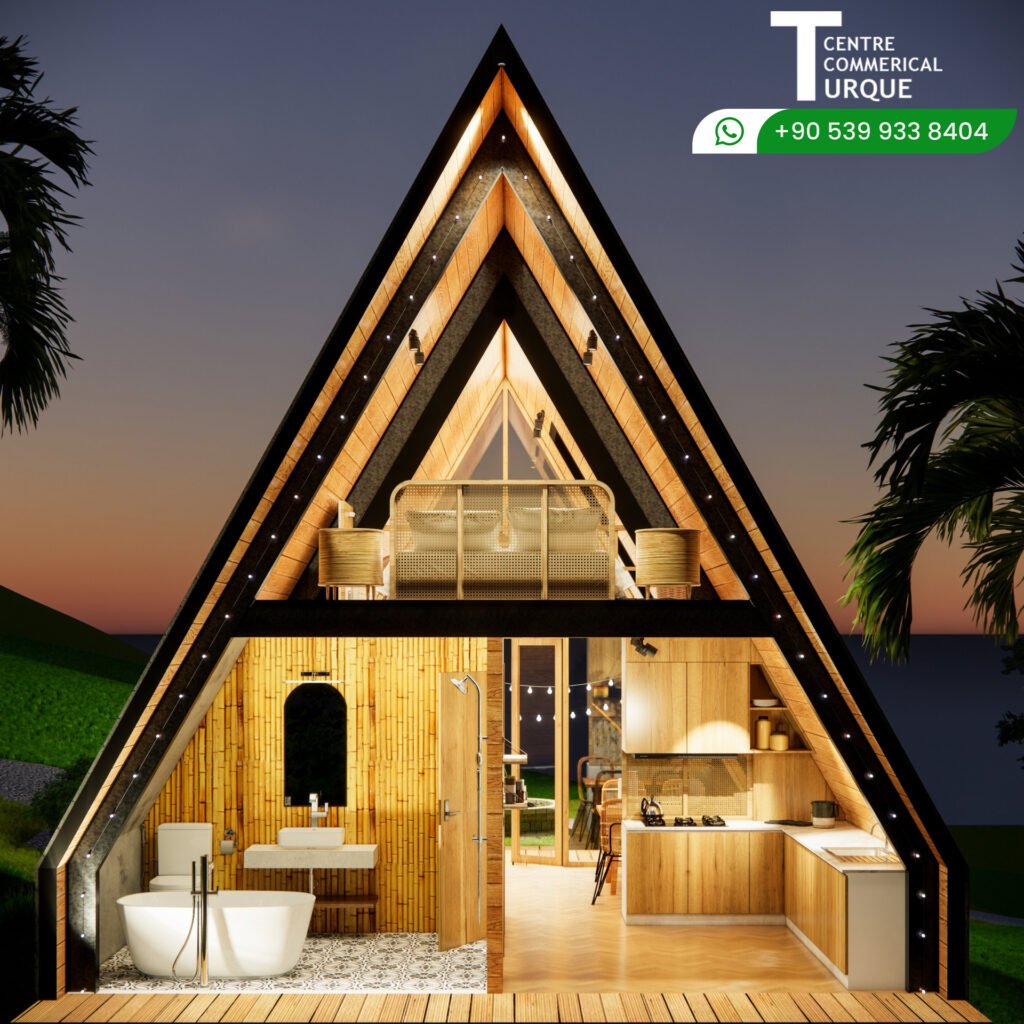
4. Ventilation & Climate Control Peak Ventilation: The apex allows hot air to escape, improving airflow. Adjustable Openings: Side flaps, windows, or mesh panels enhance ventilation and insect protection.
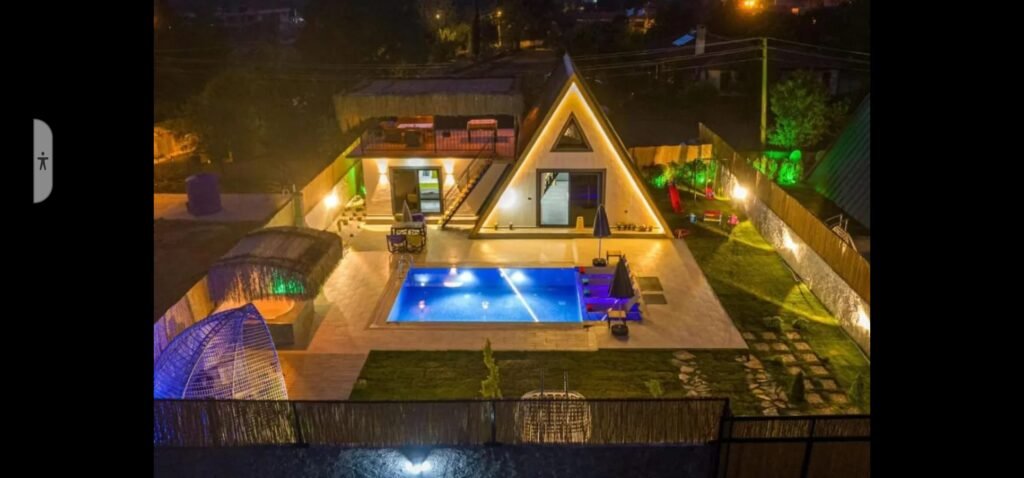
5. Durability & Weather Resistance Wind-Resistant: The sloping sides reduce wind pressure, making them stable in storms. Rain & Snow Shedding: The steep angles prevent water or snow accumulation.
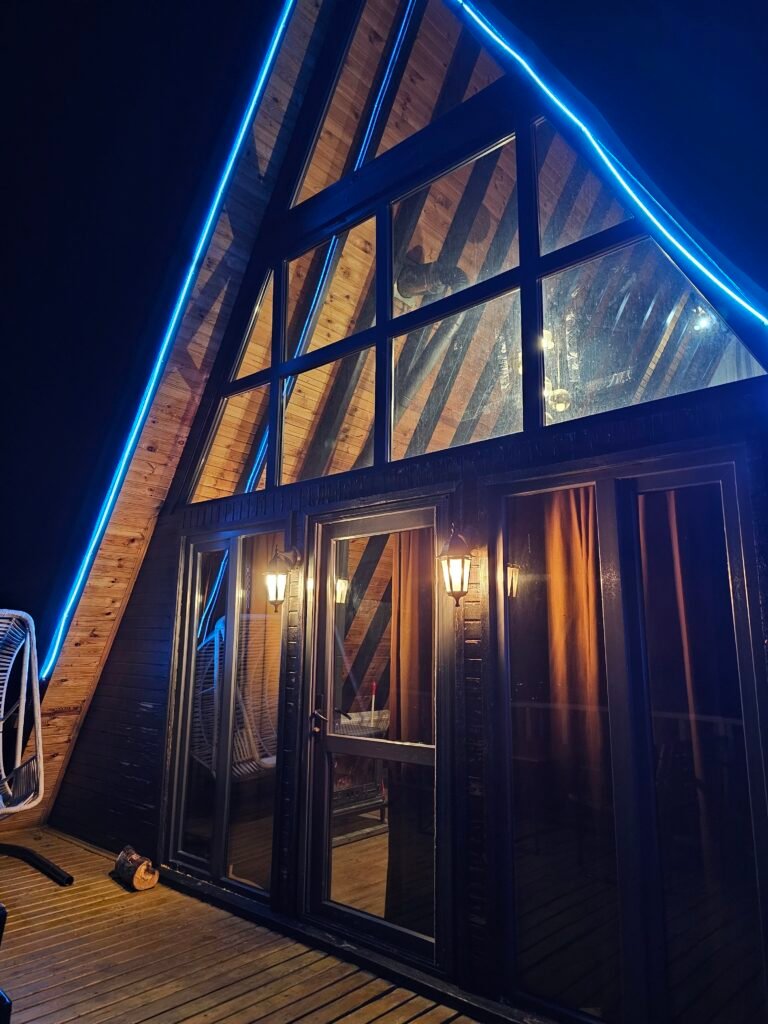
6. Energy Efficiency Passive Solar Heating: The shape can optimize sunlight absorption in colder climates. Natural Cooling: The high apex promotes air circulation, reducing the need for artificial cooling.
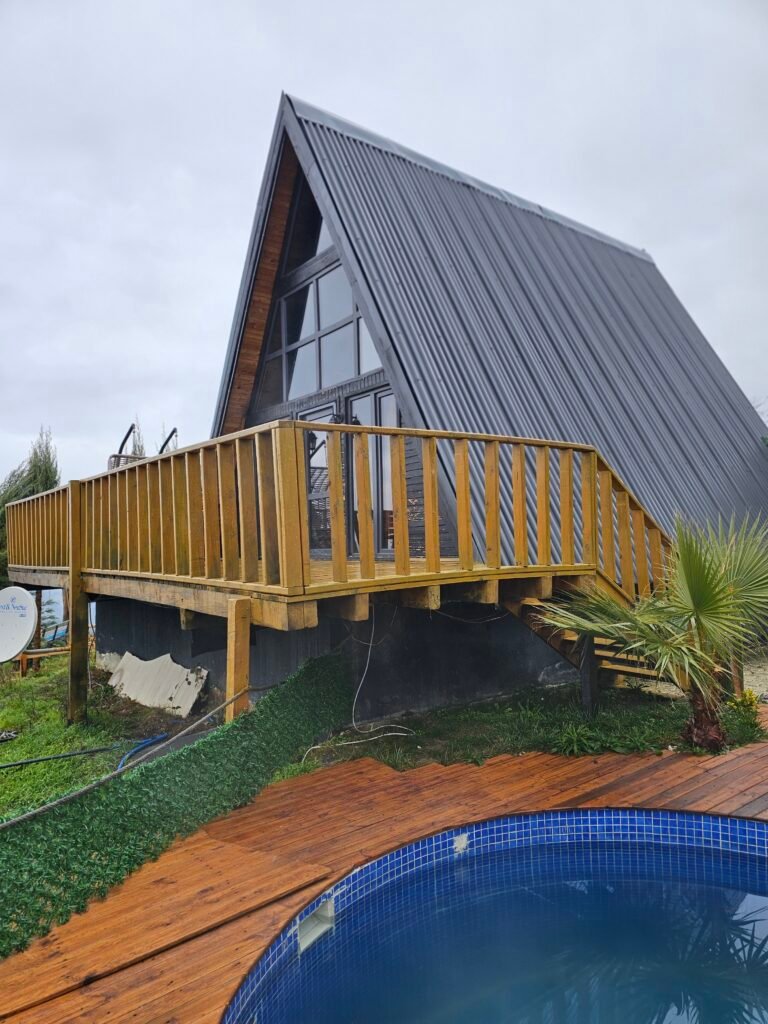
7. Aesthetic & Functional Uses Glamping & Eco-Tourism: Stylish and Instagram-worthy, often used in luxury camping. Permanent Structures: Some pyramid huts serve as tiny homes, meditation spaces, or garden offices. Sacred & Ceremonial Spaces: Inspired by ancient pyramid temples in some cultures.
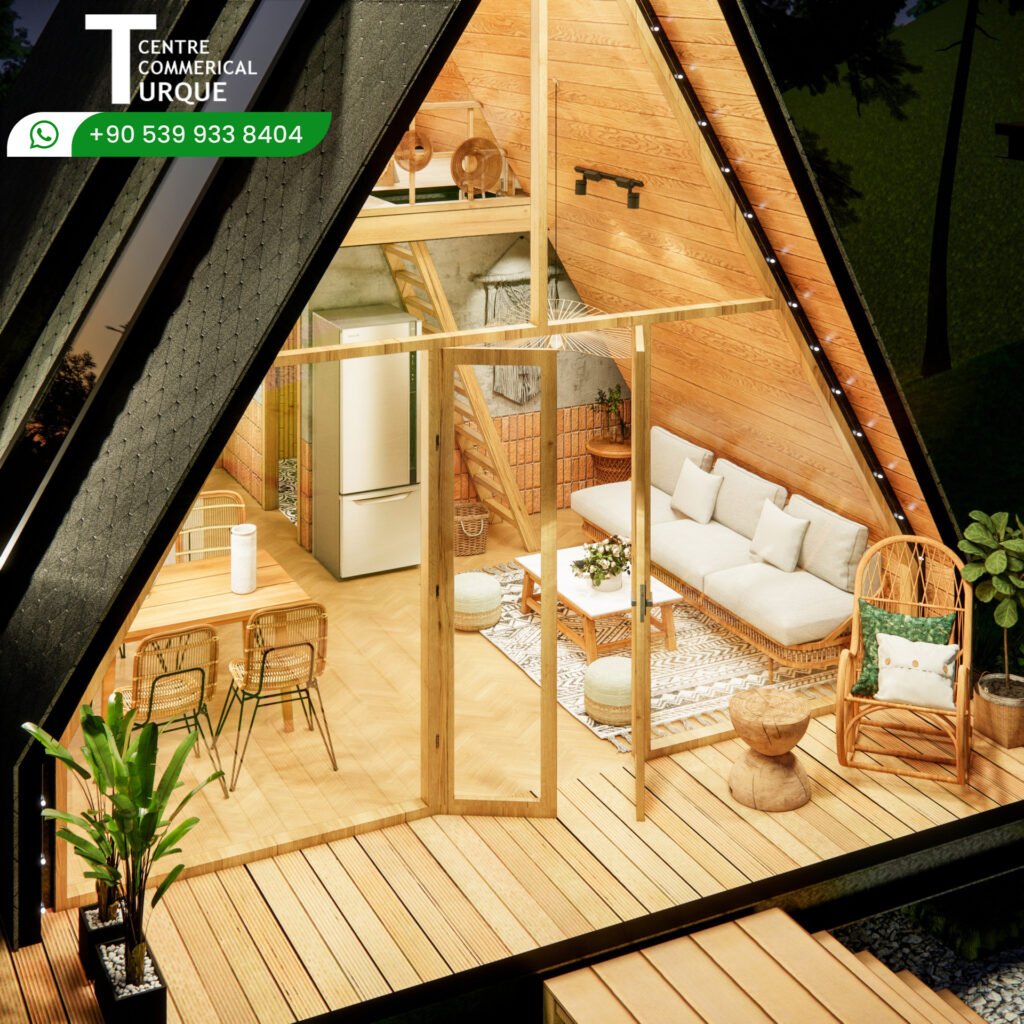
8. Customization Options Interior Layouts: Can include lofts, central fire pits, or partitioned rooms. Exterior Add-ons: Decks, solar panels, or rainwater collection systems can be integrated.
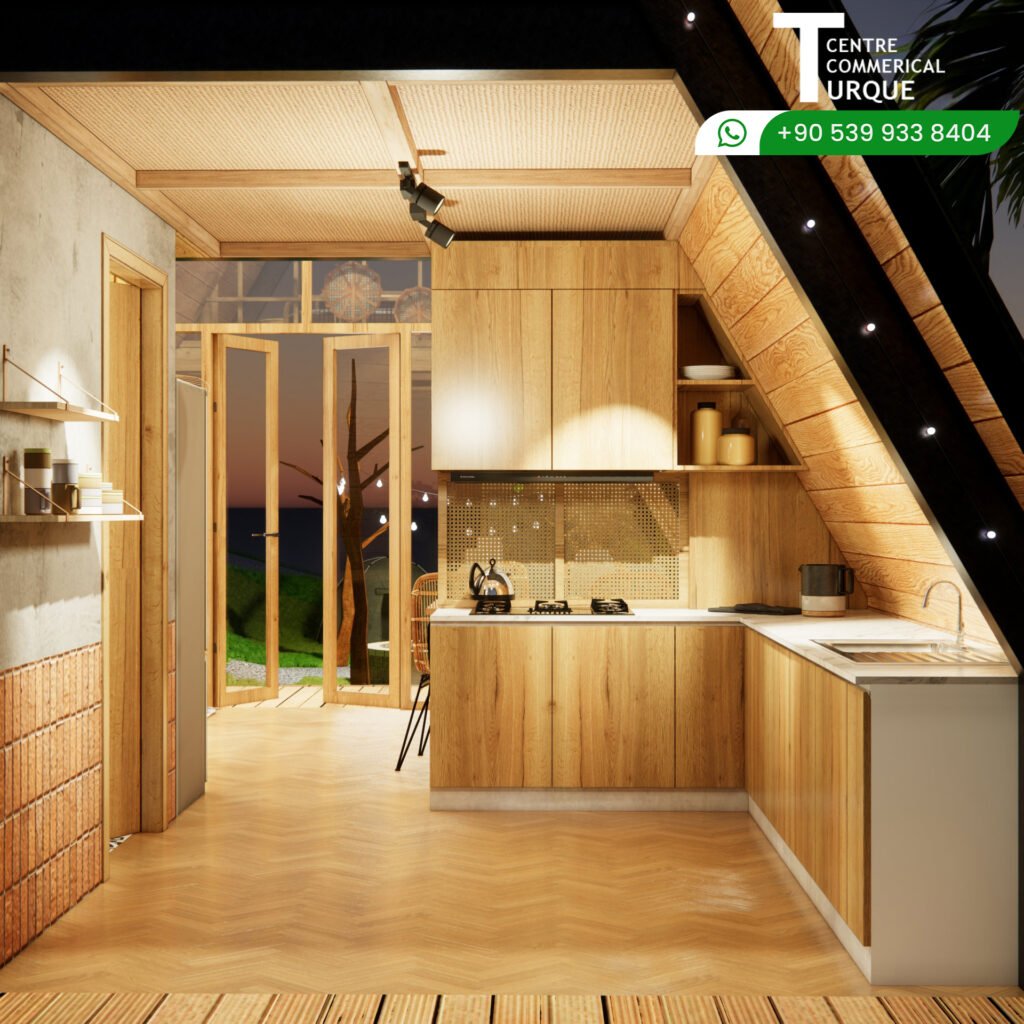
9. Sustainability Low Environmental Impact: Often built with renewable or recycled materials. Off-Grid Capabilities: Suitable for solar power, composting toilets, and rainwater harvesting.

10. Cultural & Historical Influence Inspired by indigenous designs (e.g., Native American teepees, African mud huts, and ancient Egyptian pyramids)
